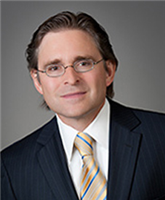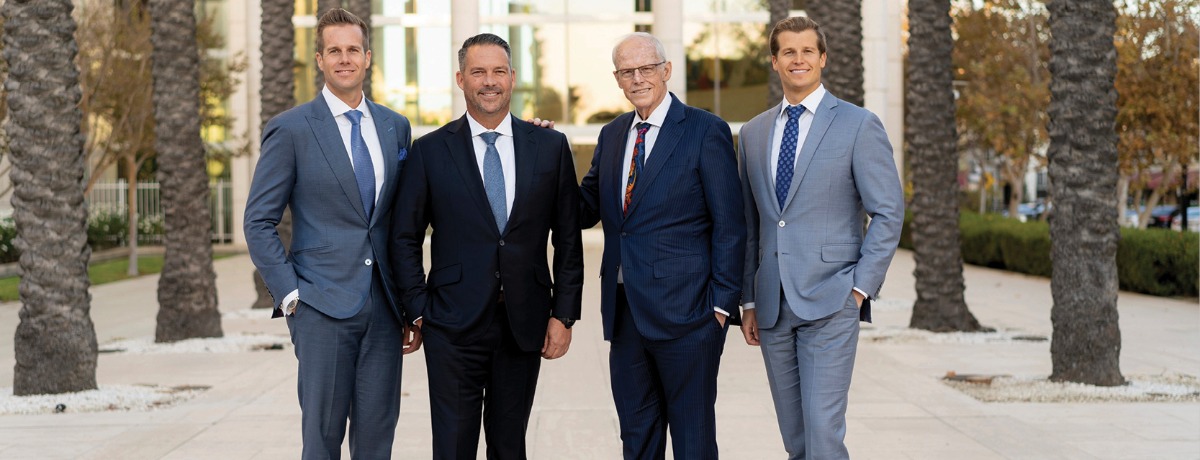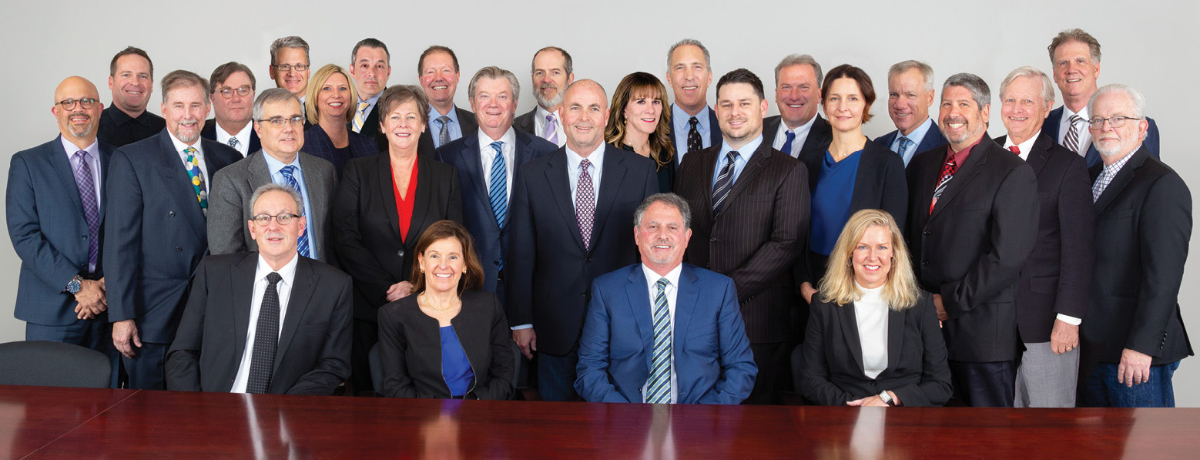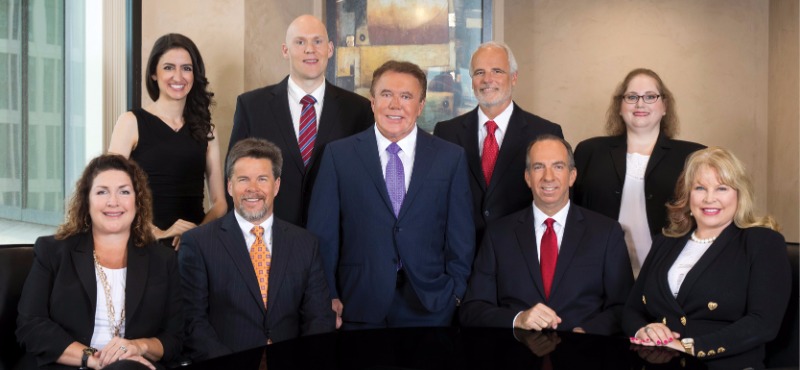Multidistrict litigation, or MDL as it’s often called, represents a staggering amount of the lawsuits currently pending in federal courts. However, many lawyers who do not regularly handle mass tort cases can be frustrated by the MDL process as an individually filed case is transferred from the federal district in which it was originally filed for “consolidated proceedings” in another district. With multidistrict litigation involving cases ranging from automotive product liability, defective pharmaceuticals, and defective medical devices to airplane crashes, train wrecks, and various class actions, there is a strong likelihood that an attorney with any of these types of cases could become involved in an MDL. For this reason, a basic understanding of the MDL process is important.
An MDL is a coordinated litigation where cases from various federal districts that allege similar claims against the same defendant(s) are transferred to one federal district for coordinated pretrial proceedings. Multiple case filings involving the same claims often have a catalyst, such as a recall of a pharmaceutical drug or defective medical device. Regardless of the catalyst, what often happens next is a motion to transfer for coordinated proceedings. This motion is filed (most often by plaintiffs’ counsel, but sometimes by defense counsel) with the Judicial Panel on Multidistrict Litigation (JPML or the Panel). The procedures and required documents go beyond a mere motion, with some very technical requirements that are beyond the scope of this article.
Authority for transfer is under 28 U.S.C. section 1407(a), which provides that “when civil actions involving one or more common questions of fact are pending in different districts, such actions may be transferred to any district for coordinated or consolidated pretrial proceedings. Such transfers shall be made by the judicial panel on multidistrict litigation authorized by this section upon its determination that transfers for such proceedings will be for the convenience of the parties and witnesses and will promote the just and efficient conduct of such actions.”
The panel is made up of seven circuit and district court judges appointed by the chief justice of the U.S. Supreme Court. The panel’s office is in Washington, D.C., but holds bi-monthly hearings around the country to hear arguments on motions to transfer. After the filing of a motion to transfer, the court will give notice of the time and place of the hearing to all interested parties. At the hearing, the most common inquiries involve: (1) how many common questions of fact exist; (2) how many cases have been filed, how many are in a particular venue, and whether additional cases are expected to be filed and how many; (3) whether the transfer prevent duplicative work and the possibility of inconsistent rulings; (4) how far along is the litigation in any given district; (5) whether centralization increases or decreases the possibility of settlement; and (6) what is the availability of judges in any proposed transferee court.
If transfer seems inevitable or if there is agreement among the parties, the argument quickly shifts to the selection of an appropriate transferee court. The inquiry of the panel as to the transferee court often includes: (1) whether the proposed district has adequate transportation and hotel facilities to handle counsel from across the county; (2) the location of the defendant(s) in relation to the proposed venue; (3) the location of witnesses and evidence in relation to the proposed venue; (4) the presence or absence of other MDLs in the district; and (5) the interest of the proposed transferee judge in handling the MDL.
After the hearing, the panel will consider the evidence and enter an order to grant or deny transfer and designate a transferee judge if appropriate. Typically, there is little drama over centralization; the anticipation is in the selection of the transferee court. Rulings on transfer are surprisingly quick, usually within two weeks of the hearing. A concurrence of four judges on the panel is required to direct or deny a transfer.
If the panel decides in favor of consolidation, order is filed in the office of the circuit clerk of the transferee court, transfer becomes effective, the jurisdiction of the transferor court ceases, and the jurisdiction of the transferee court becomes exclusive. The usual practice is for the transferee judge to promptly schedule a status conference with all the lawyers involved in the litigation. This conference will involve a variety of case management matters to be included in the first Case Management Order (CMO, and sometimes referred to as a Pretrial Order PTO). CMOs will be entered throughout the litigation and will dictate all matters of procedure for the MDL.
One of the most important issues initially addressed by the court is leadership of the plaintiffs’ case. The defendants have chosen their counsel, but it is the judge who decides who directs the litigation for the plaintiffs. For plaintiffs’ counsel, this can be one of the most contentious parts of the MDL, as competing attorneys or groups of attorneys vie for leadership positions. Once selected, the appointed lawyers control the MDL and litigate the cases on behalf of all plaintiffs’ counsel. The work will include discovery (such as negotiating the Plaintiff’s Fact Sheet, or PFS, depositions, expert disclosures), motion practice (such as Daubert hearings), screening and selection of potential bellwether (or “test trial”) cases, and often negotiation of a group settlement. The leadership fronts the cost of the litigation, and for their efforts, they are awarded “common benefit” fees and expenses if successful at the conclusion of the litigation. The MDL can result in a negotiated settlement of all cases; dismissal or remand of the cases after all common issue discovery is complete. Completion of this discovery is the primary responsibility of plaintiffs’ leadership.
Complex litigation imposes a heavy burden on the federal judicial system. Combining cases for multidistrict litigation under § 1407 is a way to streamline and consolidate pretrial procedures for large numbers of cases with common questions of fact. An MDL has the primary goal of promoting efficiency. Because MDLs combine groups of cases that have very similar fact patterns and legal issues, it saves time, effort, and expense for the courts by avoiding duplicative discovery and motion practice. Even where cases are not resolved before the transferee court, remanded cases arrive back in their original district in a posture to quickly proceed to trial, again promoting efficiency. The effective operation of the federal court system depends on this procedural device more so than any other. While many aspects of the MDL process have garnered much academic commentary as of late, the fact remains that without the ability to transfer cases to MDLs under section 1407, the federal system would not be able to handle the caseload of the typically complex cases that comprise MDLs.
--------------------
Annesley H. DeGaris is the founding partner of the Birmingham, Alabama law firm DeGaris & Rogers, LLC. He holds a B.S. magna cum laude from Samford University, a J.D. magna cum laude from Cumberland School of Law, and a LL.M. from the University of Melbourne School of Law in Australia. Mr. DeGaris is recognized nationally for mass tort litigation involving defective medical devices and pharmaceuticals. He is a frequent speaker and writer on various topics, including mass tort practice. He currently serves on the Plaintiffs' Lead Counsel Committee for In Re: Stryker Rejuvenate and ABGII Hip Implant Products Liability Litigation, MDL 2441. In 2013 and again in 2016, Best Lawyers selected Mr. DeGaris as “Lawyer of the Year” for plaintiff mass tort litigation and class actions. Mr. DeGaris can be reached at adegaris@degarislaw.com or www.degarislaw.com.


























